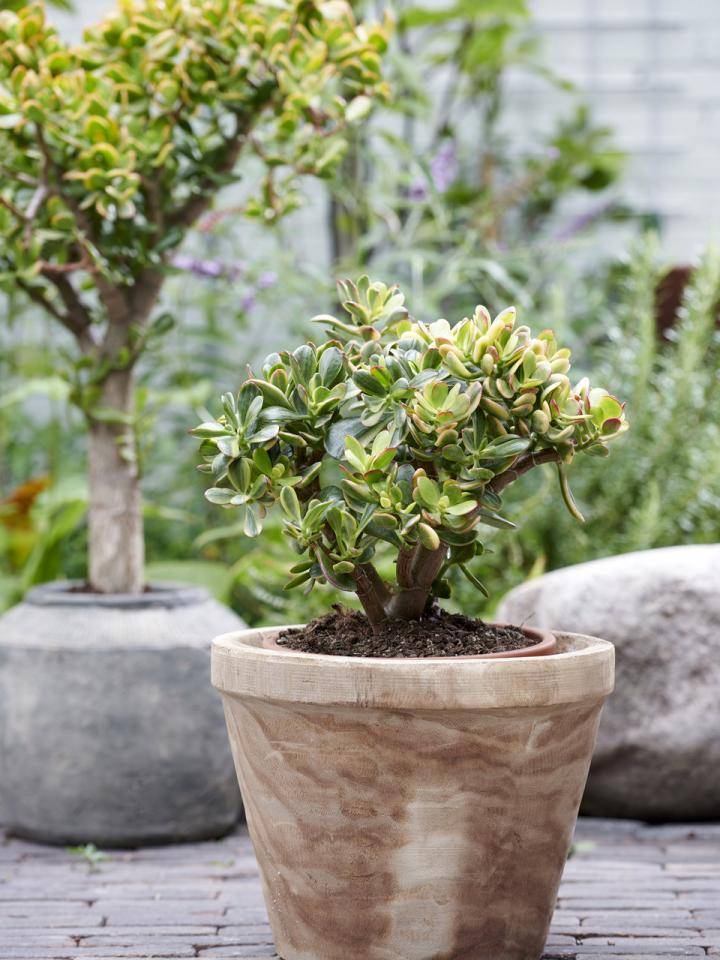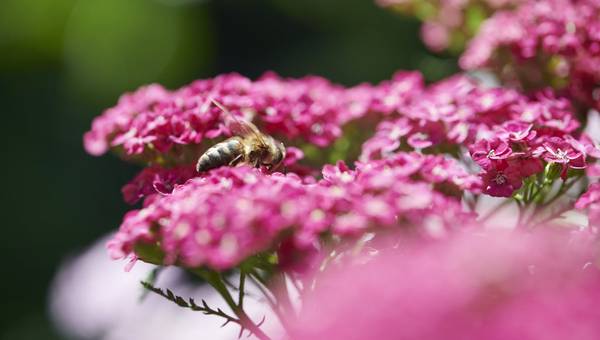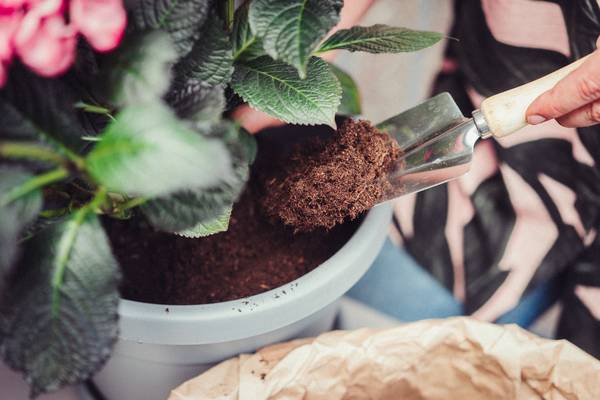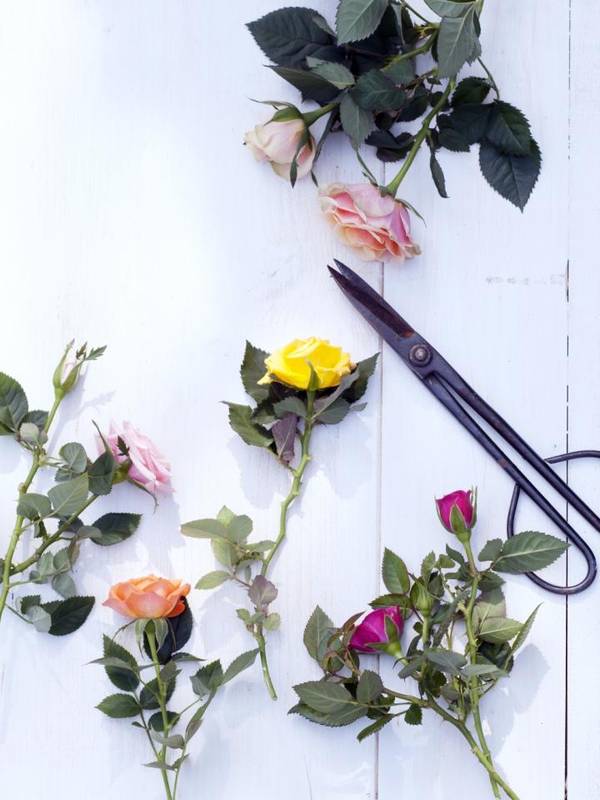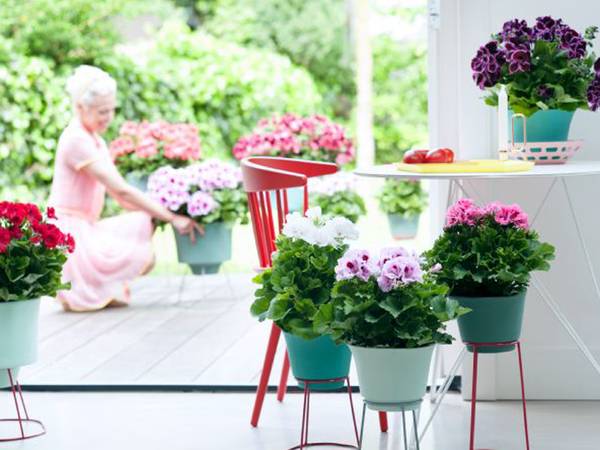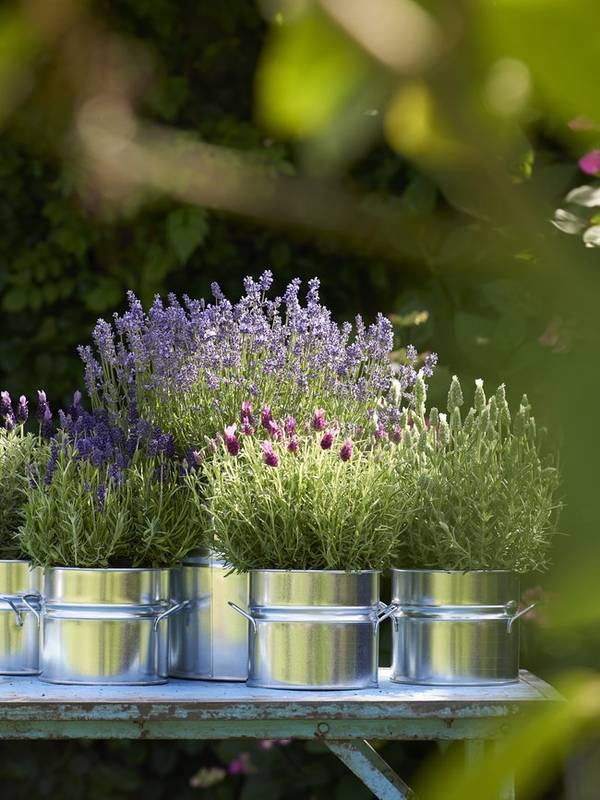
Care
- The jade plant can cope with temperatures down to -2°C if it’s dry. Below that the plant needs a bit of help.
- Allow the soil to dry out thoroughly between waterings.
- The jade plant is a sun lover. But if it’s a bit too sunny, you can soon see that from the leaves.
- The soil should contains some minerals.
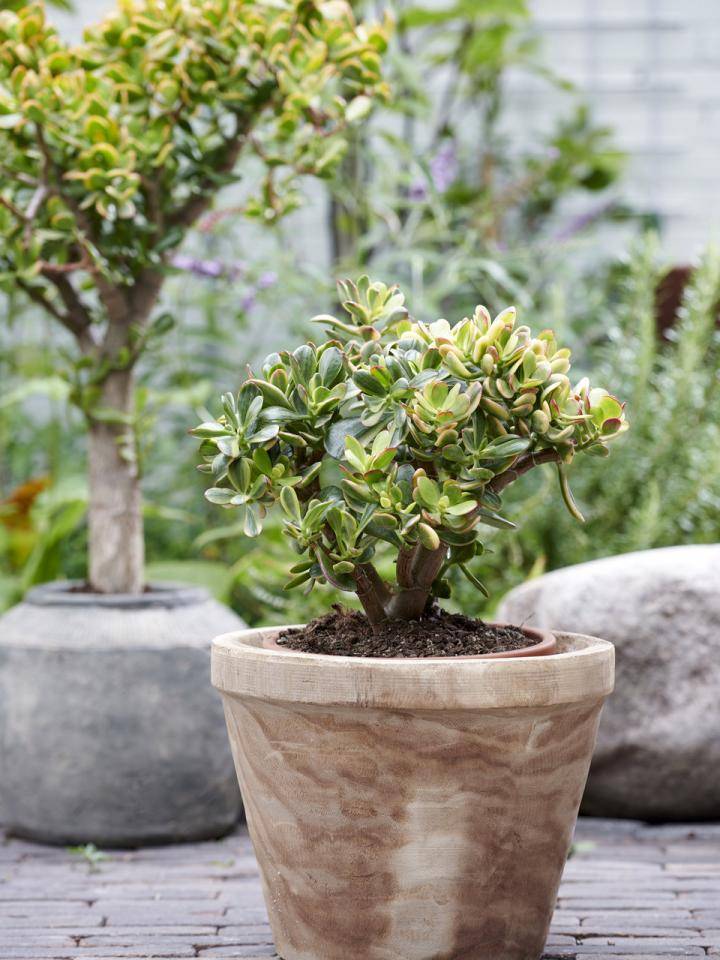
The jade plant has a thick trunk bearing fat, shiny, small, stumpy leaves. If the garden plant produces flowers, they’ll be white and well-concealed. The jade plant is a born and bred survivor. The plant stores water in its thick leaves and can therefore cope well with dry periods. That’s because of its ancestral roots. Crassula Ovata is a member of the succulents family (Crassulaceae) and is native to South Africa, America and Madeira. Nowadays you can find the jade plant all over the world. And not just in the garden - the jade plant is also popular as a houseplant.
Easy garden companion
The jade plant is perfect for garden lovers who don’t have green fingers. And when it comes to taking cuttings, it’s very easy with this plant. Give it a try! If you want to repot Crassula Ovata, it’s best to do it in spring when the plant can recover if necessary as it's the growing season for most plants.
Jade plant trivia
- In the UK the jade plant won’t get more than a metre tall, but in the wild the plant can reach a height of 2.5 metres.
- The jade plant is also known as the lucky plant, money plant, money tree or friendship tree.
